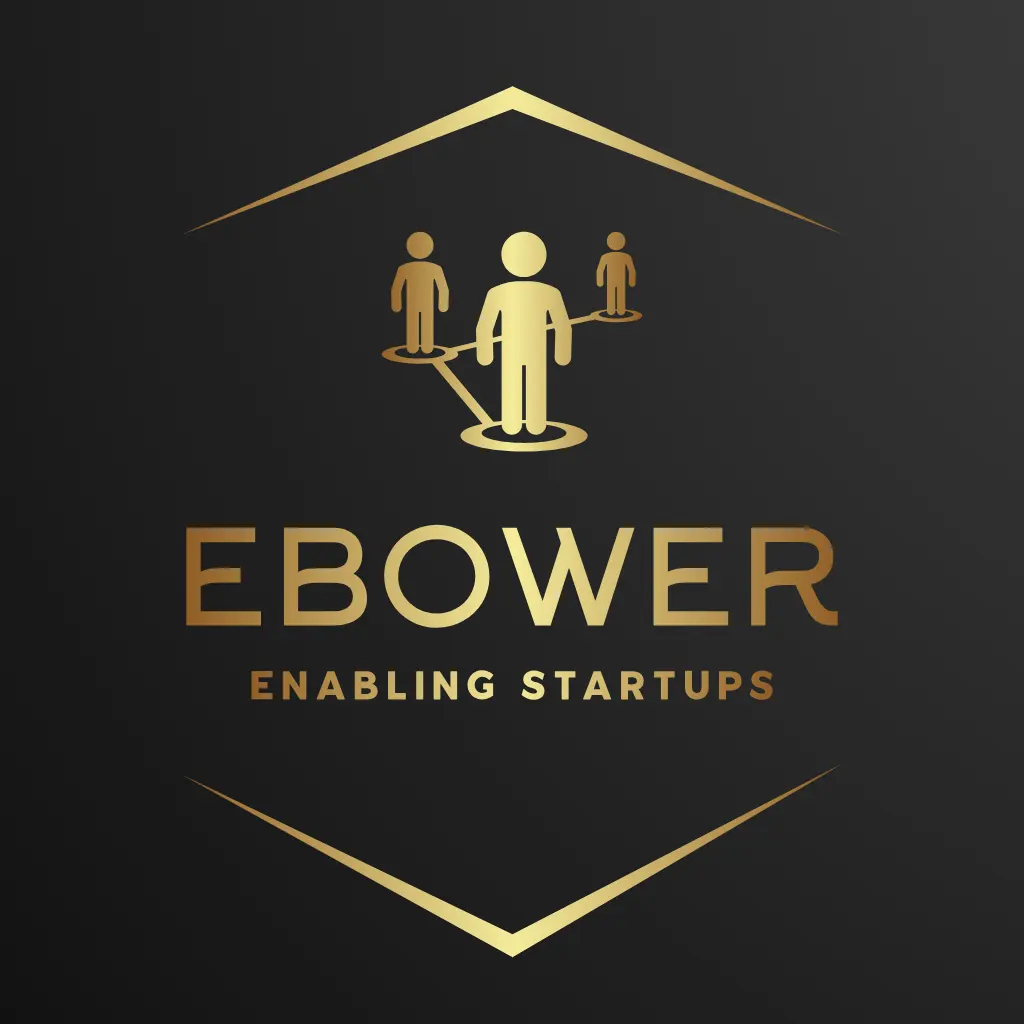HR’s Two-Way Street

All social media eventually devolves into a cesspit, I understand that and LinkedIn is no different. My wife calls it “drama farming” rather than doomscrolling, but it’s largely the same concept and reading LinkedIn is my version of that. An interesting coincidence seems to have filled my feed with almost equal numbers of posts from jobseekers bemoaning the lack of feedback from the process and the amount of time they spend applying only to get dead silence as well as HR professionals complaining about the level of effort applicants put in. I’m usually pretty good about seeing multiple viewpoints, but I’m a bit at a loss here - maybe someone looking to hire can explain (that was MY emdash, not AI’s you haters!). I hear HR recruiters who are shocked that people aren’t willing to spend a half a day of unpaid work researching your company to figure out why they’re a good fit, but I see nothing about how they will improve communication and feedback to unqualified candidates.
I understand the need to play the game, we love the RomCom story line and hate that job searches are more about last call at a dive bar where everyone starts to look good. But be realistic, good long term relationships happen when you understand that the fairy tale is not reality.
Some thoughts as to how recruiters can improve the process if you want more engagement:
- Understand that you have hundreds of candidates you spend, at most, 10 minutes reviewing each one while getting paid for it. The candidates may have submitted hundreds of resumes and can’t afford to spend half a day on each one in unpaid labor researching each and every company knowing most will simply be a black hole.
- Publish data. How many of your jobs are filled instead of simply disappearing or just some requirement to fill an often self-imposed restriction for an already-filled position? What are your response goals? Promise to give a response, positive or negative, within xx business days. Stick to those SLAs and publish how well you’re doing.
- Don’t ask stupid questions. “Why are you interested in this company?” Unless you’re looking at a senior management position the answer is always “Because you posted a job description that matches my skill set and I need a job.” It’s up to the hiring manager to sell the candidate on the company - getting emotionally invested in any position is really bad for the mental health of your applicants and failing to see that is a sign of a bad corporate environment I wouldn’t want to be a part of. Instead, ask things like “What do you provide beyond the generic job description we listed?”
- Provide actual feedback, “you’re not under consideration for this position” is useless. Something like “we’re looking for someone more senior” is a bit better, but even better is to list the skills missing or any other reason why the candidate was rejected. I would be MUCH more likely to put effort into an application if I knew I would get feedback as to how I can improve my presentation. If I don’t receive such feedback I’m glad I was rejected because if HR isn’t willing to provide value to their applicants, it says a lot about corporate culture. Provide examples. You have competition, sell your service and sell your company as something worth investing in.
- Don’t worry about whether the answers are from AI. If you care about that, you’ll only get the people who know enough to hire companies to help them craft their answer and may not even be dealing with the actual applicant until late in the game. This is especially true for developer positions, HR asks them all the time to meet requirements that are well outside of their job scope just to get their position.
If your immediate response is that you don’t have the time to do this sort of thing, feel free to forward my profile to your hiring software system rep - they apparently don’t understand what a product architect does and how it can help make their system actually useful beyond a glorified Excel spreadsheet tracking the “good” candidates. With the right tools, nothing here is hard beyond a few clicks after the reject button - much less time than a candidate needs to apply.

